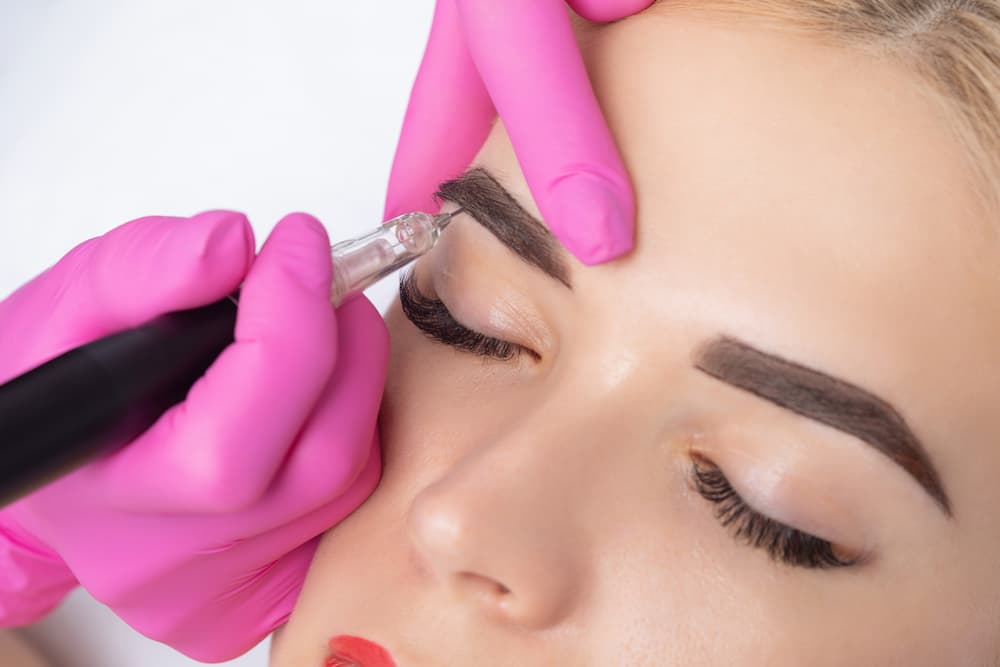Microblading, a semi-permanent technique for eyebrow enhancement, has seen significant innovations over recent years, revolutionizing the beauty industry. This meticulous process involves manually implanting pigment into the skin using a hand-held tool composed of several tiny needles. The result is a series of fine, hair-like strokes that mimic the natural eyebrow hairs, creating a fuller, more defined look. Initially developed in Asia, microblading has gained global popularity, becoming a go-to solution for individuals seeking to enhance their eyebrows’ shape, density, and symmetry without the daily hassle of makeup application. One of the most significant advancements in microblading is the development of more refined tools and pigments. Early iterations of the procedure sometimes resulted in unnatural or inconsistent results due to the limitations of the available equipment. Modern microblading tools are now designed to be more precise, allowing for better control and accuracy. This precision results in more natural-looking brows that blend seamlessly with the client’s existing hair.

Additionally, the pigments used have evolved to be more stable and longer-lasting, reducing the risk of color fading or shifting over time. These pigments are also formulated to be hypoallergenic, minimizing the risk of adverse reactions. Another innovation in microblading is the introduction of customized brow mapping techniques in Ella K Group San Antonio. This approach involves a detailed analysis of the client’s facial structure and natural brow shape to create a personalized brow design. Using advanced software and tools, practitioners can map out the ideal brow shape that complements the client’s unique features. This customized approach ensures that the results not only enhance the individual’s appearance but also look harmonious and natural. The use of digital technology in brow mapping has significantly improved the precision and consistency of microblading outcomes, leading to higher client satisfaction. Furthermore, the technique of micro shading has emerged as a complementary procedure to microblading. While microblading focuses on creating individual hair strokes, micro shading involves a stippling method that gives a softer, powdered effect.
This combination of techniques allows practitioners to create a more dimensional and realistic brow appearance. Clients can choose from a variety of styles, from bold and dramatic to soft and natural, depending on their preferences. The versatility of combining microblading and microshading has expanded the possibilities for eyebrow enhancements, catering to a broader range of aesthetic desires. The training and certification process for microblading artists have also seen significant improvements. As the demand for microblading services has grown, so has the need for highly skilled practitioners. Comprehensive training programs now include in-depth theoretical knowledge, hands-on practice, and ongoing education to keep artists updated on the latest techniques and innovations. This emphasis on quality education ensures that clients receive safe and professional services, reducing the risk of complications and ensuring optimal results. With advancements in tools, pigments, customized brow mapping, and complementary techniques like microshading, microblading offers a versatile and effective solution for achieving beautiful, natural-looking eyebrows.